Kratomate (Yerbamate + Kratom) Tea Bags
$5.00 – $12.00
Kratomate (Yerbamate + Kratom) – USA Hand Made
Kratomate is a bag mix of yerba mate and kratom leaf. Half Yerbamate and half kratom.
WHAT IS YERBA MATE?
There are only a handful of plants in the world that produce caffeine, and yerba mate is one of them. Along with tea, coffee, cacao, kola (or cola) and guarana, the yerba mate herb is used to produce a caffeinated beverage. While prepared as an infusion to create a tea-like beverage, yerba mate contains no actual tea leaves.
Yerba mate is an herb native to South America and is used to make the national drink of Argentina, Paraguay, Uraguay and Southern Brazil. In fact, yerba mate is consumed 6 to 1 over coffee in these countries.
So how did yerba mate become so popular in South America and how did it end up in our tea cups?
Yerba mate origins
The origins of yerba mate are filled with folklore. Discovered by the indigenous peoples of the forests of Paraguay (the Guarani) and Southern Brazil (the Tupi), it was known as an herb “from the gods” used mostly for physical stamina. The herb was a dietary staple for agriculture-dependent and nomadic and warrior-based lifestyles, depending on the tribe. It was also used for medicinal purposes. Natives believed yerba mate was a gift given to them to sustain life, increase vitality and heal the sick. As a spiritual herb, yerba mate was used for worship and often used for religious and other important tribal ceremonies.
The stimulant properties of the beverage became popular with Argentinian gauchos (or cowboys), who sipped yerba mate for energy during cattle drives or long harvest days. It was also consumed in place of scarce food during periods of drought or famine. This “cowboy coffee” was sipped in the morning and at night around the campfire. A shared gourd of yerba mate was passed around and sipped in fellowship as meals were prepared.
As the Spanish began to colonize the countries across South America, they saw firsthand the health and energy benefits this indigenous beverage had on the people of the land. They took up the habit and quickly spread and popularized the herb as they conquered the continent. Unlike coffee and cocoa, the other South American crops the Europeans cultivated for cash-rich export, yerba mate was not a domesticated species and had to be harvested from wild stands of shade trees. It took centuries for the Europeans to figure out how to turn the plant into a reliable crop. The “secret”, it turned out, was that yerba mate seeds were only germinated when they passed through the digestive tracts of certain native birds.
How yerba mate grows
The yerba mate tree is a species of the holly family with leaves that are evergreen (showing leaves during all four seasons) and produce small fruit berries that flower into greenish white flowers. The leaves and tender stems are often hand picked then dried in a controlled environment. They are sometimes roasted over a wood fire before they may be broken or cut to create the final herb for consumption. Some yerba mate is even aged in cedar or other wood for up to a year or more for added flavor.
The highest quality yerba mate is shade-grown under the rich rainforest canopy and away from direct sunlight. This shelter allows the leaves to retain more of their nutrients and flavor than plants that are exposed to the sun. Wild yerba mate trees are harvested only every two years, because their leaves take longer to fully develop. Whereas cultivated trees are harvested at the end of each winter, because they grow faster due to careful pruning, sun exposure and water control.
Yerba mate is grown and processed all over South America. Today, Brazil is the largest producer of the herb, followed by Argentina and Paraguay.
How yerba mate is prepared
Yerba mate is prepared most traditionally in a gourd, or “mate”. While the original gourds were small bowls or cups made from hollow, dried-out squash, modern day gourds may be made out of metal, ceramic or wood. The yerba, or “herb”, is placed in the gourd and shaken, crushed or ground. Cold water is then poured into the gourd a little at a time so it has time to absorb into the herbs and prepare them for the infusion. Hot water (or sometimes cold, but never boiling) is then poured over the herbs to fill the gourd. The herbs infuse into the water to produce a tea-like beverage.
The infused yerba mate herbs are not strained out from the water as with tea or coffee. Instead, the beverage is sipped through a “bombilla”, a metal straw made of silver, copper or stainless steel with small holes at the bottom. The bombilla acts as both a straw and a sieve, so the liquid can be sipped while the herb bits are left in the gourd.
Traditionally, yerba mate is prepared in one gourd that is shared; this is part of the social and cultural experience of drinking yerba mate. In a mate ceremony, the “cebador”, or mate preparer, prepares a gourd of mate, sips it down to make sure the mate is smooth, and then prepares another mate in the same gourd to pass from guest to guest. Each guest sips down a gourd of mate and returns it to the cebador to prepare another for the next guest in the circle. This is a traditional ritual of friendship and hospitality.
While gourd preparation is still the preferred way to drink yerba mate in South America, modern day methods work as well. Many companies marketing yerba mate as an herbal tea sell it in pre-packaged tea bags and as a loose leaf herb. Yerba mate can be steeped similar to a traditional tea in a tea cup, teapot, French press or coffee maker.
The yerba mate culture
While mate is infused into various cultures across the continent of South America, the tradition of sipping yerba mate can be different by country. Each has its own culture around preparing and sipping yerba mate.
- Brazilians refer to their yerba mate infusion as “chimarrão”, which is said to be a more mild and smooth mate compared to mate from neighboring countries. Brazil calls the mate gourd a “cuia” and the straw-like sieve a “bomba”.
- In Uraguay, locals walk the streets carrying their mate and “termo”, a traveling thermos for the mate beverage. And they can easily find hot water stations along their routes to refill their termo.
- In Paraguay, locals often use the mate as a base for herbal infusions. They acquire herbs from a local “yuyera”, or herbalist, and add herbs, or “yuyo”, to their prepared beverage for either health or flavor benefits. Mate infusions are often consumed as cold beverages, which Paraguayans call “tereré”. Tereré may be brewed with cold or iced water or fruit juice.
- In Argentina, a toasted version of mate is often served sweetened alongside sweet pastries for breakfast or as an afternoon café treat.
Tasting yerba mate
Yerba mate is often described as earthy, vegetal, herbaceous and bittersweet. Imagine a fresh rainforest floor and you can likely picture the flavor of yerba mate.
But the flavor of yerba mate can vary subtly based on growing regions, cultivation practices and brewing techniques. Many styles of yerba mate contain tender stems and branches from the tree, which can impart a woodsy flavor to the tea. If the plant is harvested late, it can be higher in tannins than a young plant, which can yield a more astringent and bitter herb. Some producers roast the leaves and twigs for a toasted flavor. Others age the harvested herb in wood containers to impart even more layers of forest-like flavor.
Teatulia’s organic yerba mate hails from Paraguay. The small green leaves give way to scents of fresh grass, wood and bark. And it brews into a soft, golden yellow liquor with a medium-bodied, toasted and earthy flavor.
Caffeine content in yerba mate
Yerba mate is often described as a beverage with the energy kick of coffee, the smooth flavor of traditional tea, the healing components of herbal tea and the feel-good factor of chocolate. In fact, the yerba mate plant contains caffeine, theophylline and theobromine, the stimulants also found in coffee, tea and chocolate.
As with any beverage made from a caffeinated plant, the caffeine content can vary depending on how the variety of plant, how it was processed and how the herb was brewed. Some yerba mate plants can even vary in strength of the flavor, caffeine levels and other nutrients depending on whether it’s a male or female plant; female plants tend to be milder in flavor and lower in caffeine.
Generally, the caffeine content of a yerba mate beverage is typically more than black tea but less than coffee. If you’re watching your caffeine intake, always ask your tea vendor for the caffeine amounts specific to the yerba mate you purchased.
Buying and storing yerba mate
Storing yerba mate properly will ensure that it will remain fresh as long as possible. The herb won’t really go “bad”, but it can get stale if it sits around, exposed to the elements for too long. If stored properly in a cool dark place, in an opaque airtight container, away from light and moisture, and far from pantry items like coffee and spices that can leach flavor into the herb, yerba mate can last anywhere from one to two years before it should be used or replaced.
It’s always a good idea to buy tea from a reputable company that can tell you when and how the yerba mate was processed and packaged as well as provide storage tips to help prolong the life of the herb.
For more information about how to best care for your tea, visit our How to Store Tea page.
Preparing yerba mate
Yerba mate can have different ideal brewing temperatures and steeping times depending on its cultivation and how it’s being brewed. Ask your tea vendor for brewing instructions specific to the yerba mate you purchased. In the meantime, here are a few general yerba mate brewing tips:
- Use fresh, pure, cold filtered water. Spring water is best.
- Generally, yerba mate is steeped in hot water, not boiling, at a temperature similar to a green tea, around 160 to 180 degrees. This is somewhere just off the boil.
- If you don’t have an electric kettle with temperature control, just remember that at sea level water simmers at 190 degrees and boils at 212 degrees. The boiling temperature drops about a degree for every 100 feet in altitude increase.
- If your yerba mate came with specific recommendations for brewing, use those. But using about 2 grams of loose leaf herb per 8 oz. cup of water is a safe bet.
- Cover your yerba mate while it’s infusing to keep all the heat in the steeping vessel.
- Taste your yerba mate after the recommended infusion time (we steep our Teatulia yerba mate for 4 to 5 minutes) and then decide if you’d like it to go a little longer. Similar to a traditional tea, yerba mate can get more astringent and bitter the longer it’s infused in hot water.
- Yerba mate can typically be infused multiple times. Each infusion reveals more layers of the flavor of the herb.
- Yerba mate can be enjoyed plain, but it’s also not uncommon to sweeten the brewed beverage with honey, agave or sugar, or even dilute it some with milk or cream, just like you would with a traditional tea. (Mate latte, anyone?) Some like to flavor the beverage with additional herbs, like mint. Others add fruit juice or lemonade to sweeten and flavor the beverage.
How long should I expect Shipping to take?
We ship out Monday – Sunday. Customers can select either 2 -day Priority USPS Mail or expedited Shipping. Our friendly staff members will ship out your normally by 2 pm. Each order will receive a notification and tracking number once the order goes out. Before contacting our staff we recommend that you check your email and spam filter encase you might have missed us.
NFC Project – Help Document US Kratom (Free NFC)
The NFC Project – Our goal is to merge tech with kratom to document every single aspect of these amazing trees. We are happy to announce our kratom documentation program the “NFC Project”. This projects is a step forward in providing kratom growing information to a entire community. The Kratom Bible is also available here on the #kratomAPP
On the #kratomAPP Kratom Watchdog we are working to document our kratom nursery. We upload every single interaction from our staff has with our American kratom nursery. Tracking how much & how often we water or fertilize. As well as recording up to the minute weather conditions using weather API’s. When working with the nursery, staff will also take photos or video with the plants. Collected information is uploaded to the corresponding trees specific profile page on the Kratom Watchdog app. Organic American Kratom Leaf is available here for purchase.
3D Drone Mapping American Kratom Nursery’s
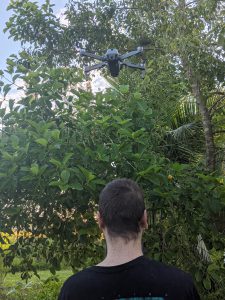
Taking to the sky! Utilizing drones, we are able to document our American kratom nursery’s from a different angle. These drones are able to 3D map our kratom nursery using a technology called LIDAR. Applying these 3D models into our Kratom Avatar Chat Kynto. Our goal is to map out our entire nursery and insert the nursery into the world for users to interact with these trees. Allowing them to take guided or self guided tours. The cool part, is that we can then translate that information into virtual reality (VR). Available on the PlayStation VR, Oculus Platforms, and Google Cardboard.
We will be opening up our tools and software to allow other nurseries and growers to map out their kratom nursery. Interested in having us out to document your nursery? Contact us here or contact us on the Kratom Watchdog app.
Kratom Watchdog Android & IOS

Kratom Watchdog Android & IOS
Have you heard of the Kratom Watchdog app? Kratom Watchdog is a kratom social network built from the ground up by one of the founding member of the non-profit American Kratom Association (AKA). A booming social community with a focus on kratom advocacy. Kratom Watchdog is the oldest kratom social media platform online. With over 400 videos and over 200,000 photo’s from our own kratom Nursery. And 7,000 members we have a very strong growers community that are always willing to help. Kratom Watchdog is available on Android, IOS, and at kratomwatchdog.com. We are a small self funded development studio. If you would like to donate to the development of the platform we would appreciate it. Thank you for your continued support.
![]()
![]()

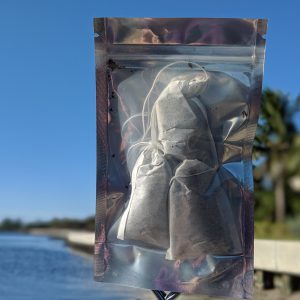
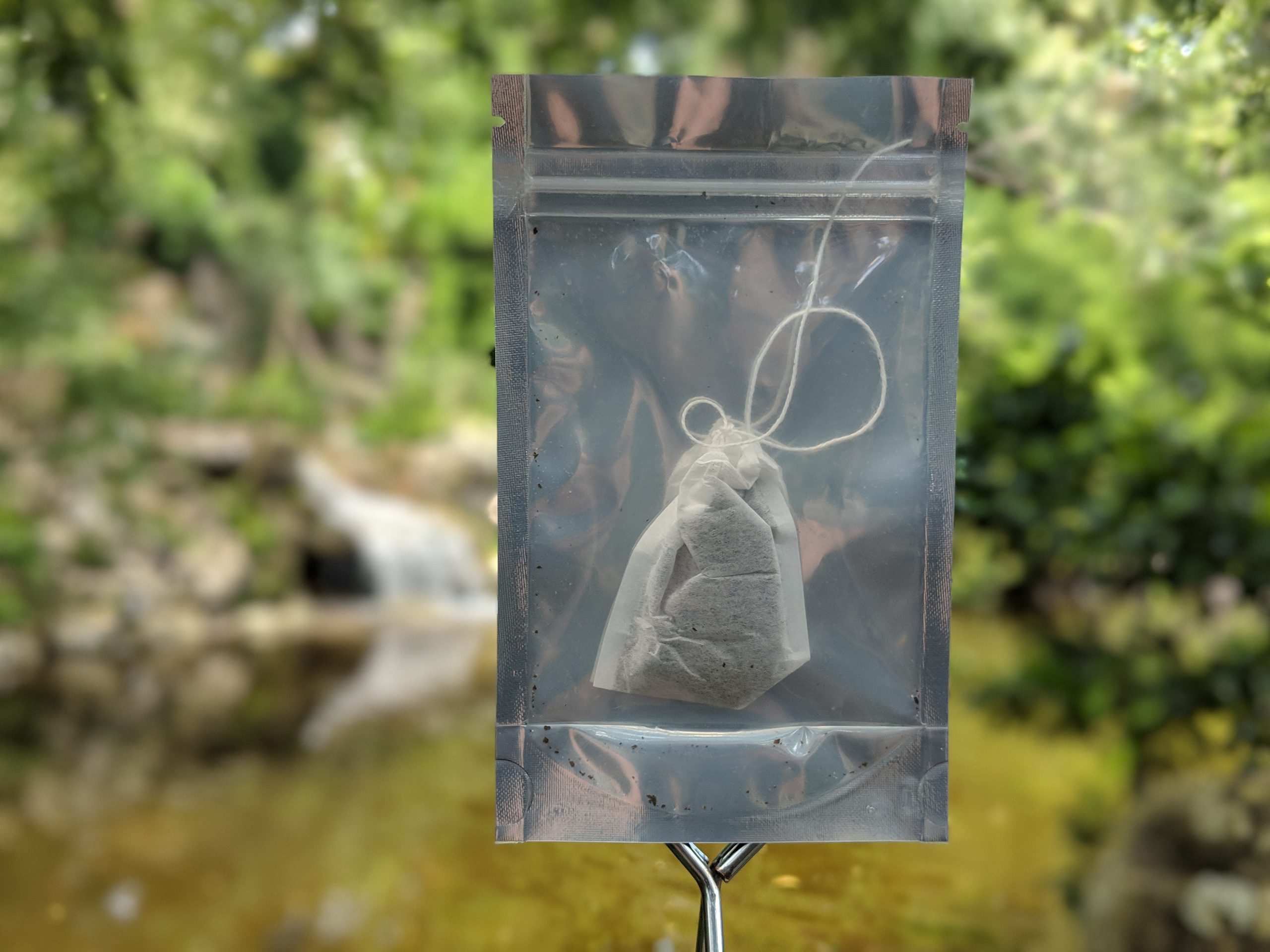
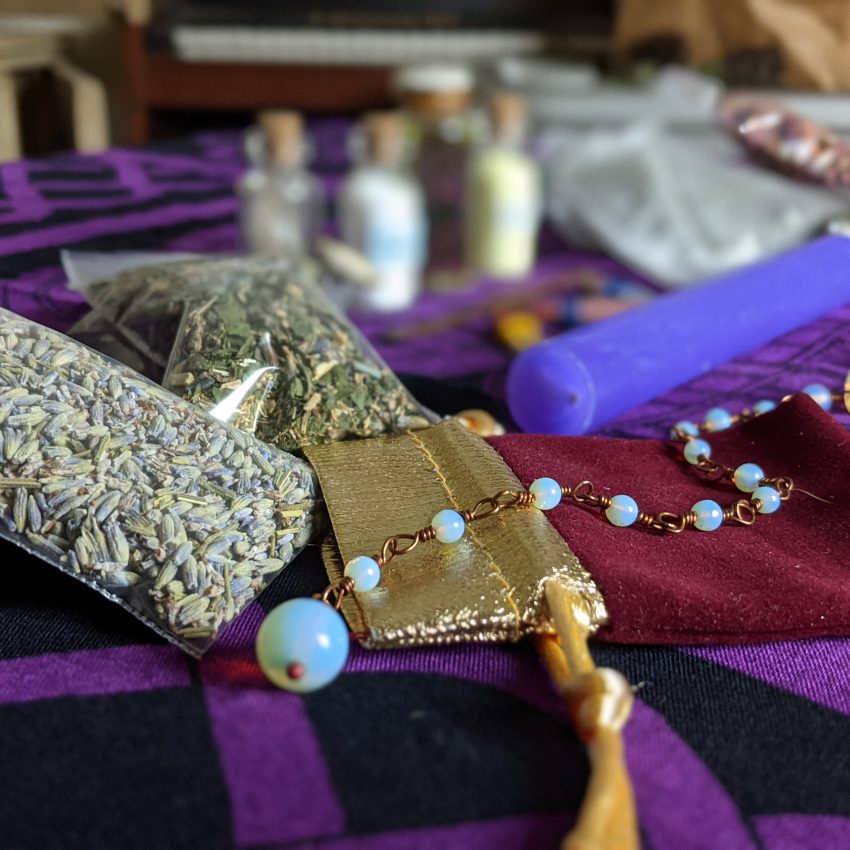
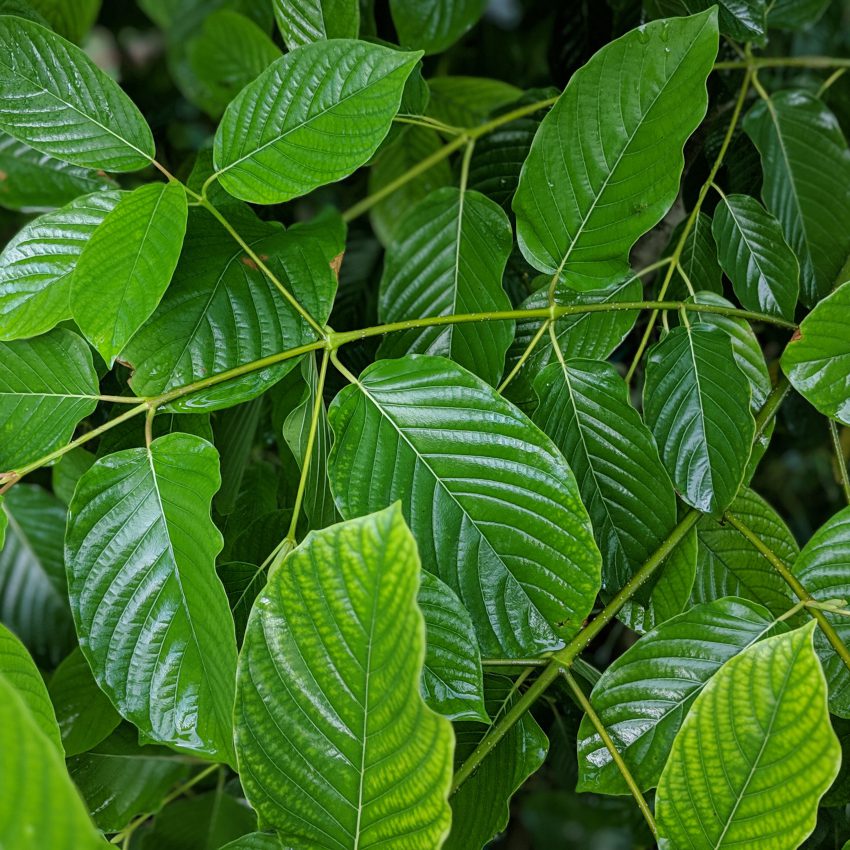
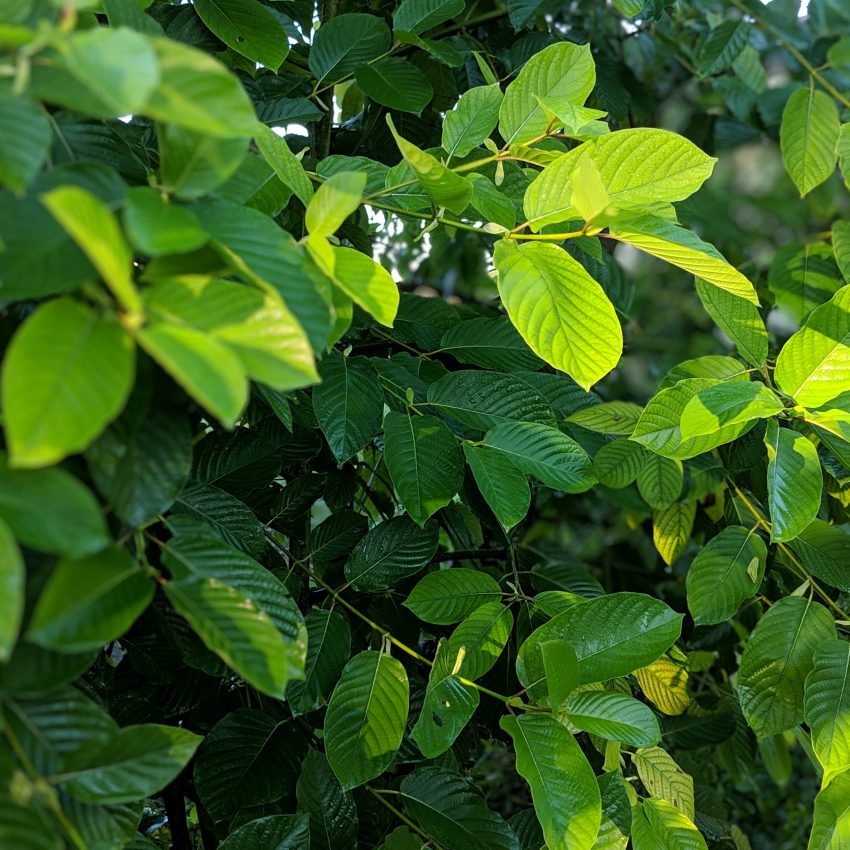
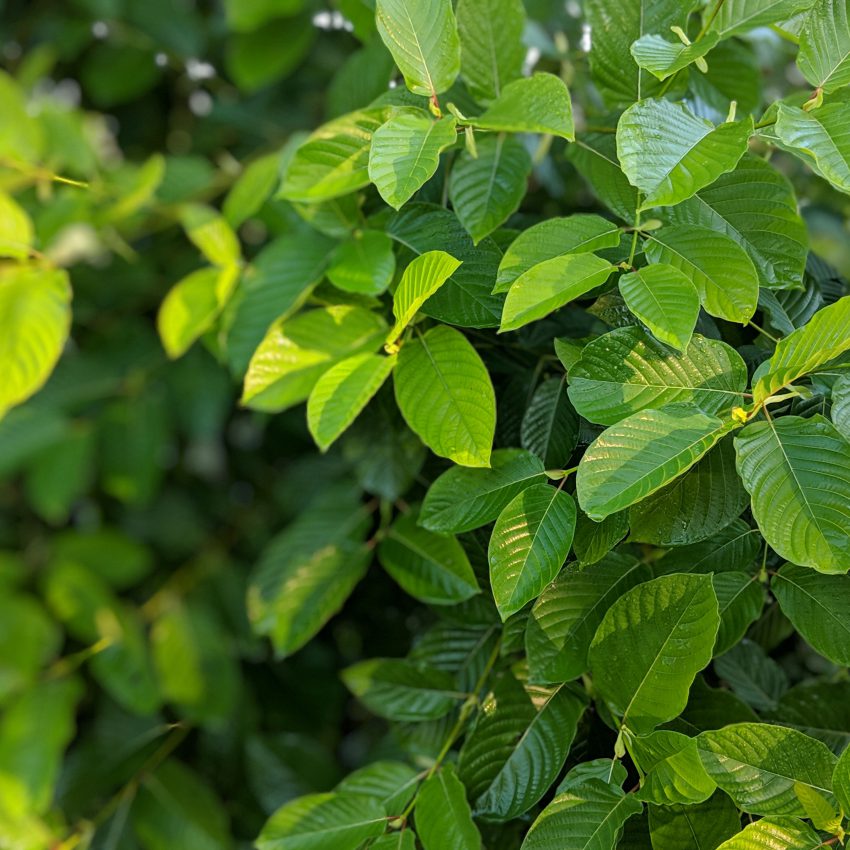





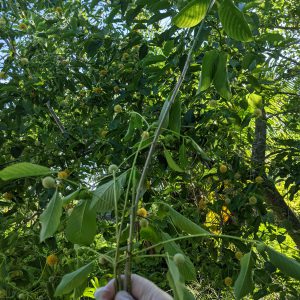
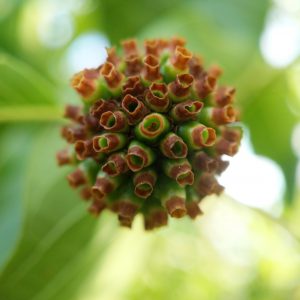
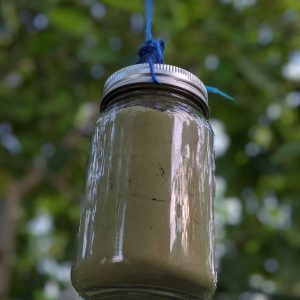
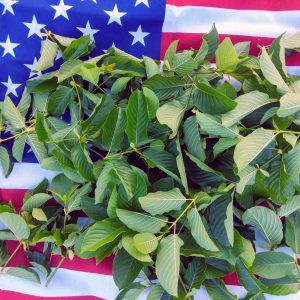

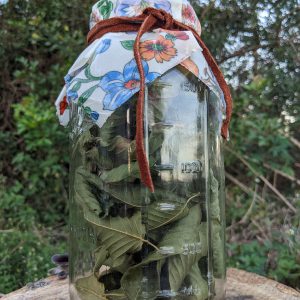
There are no reviews yet.